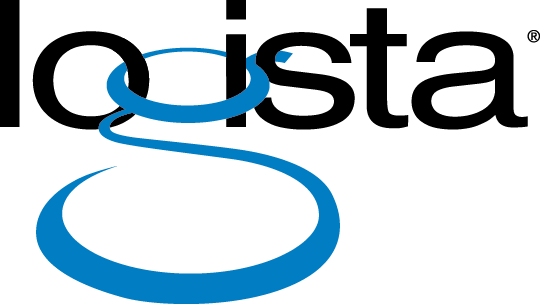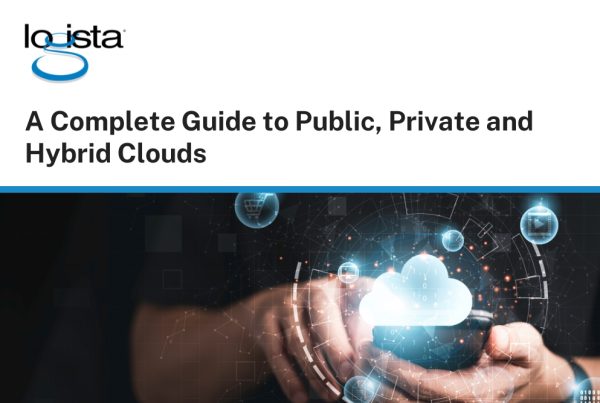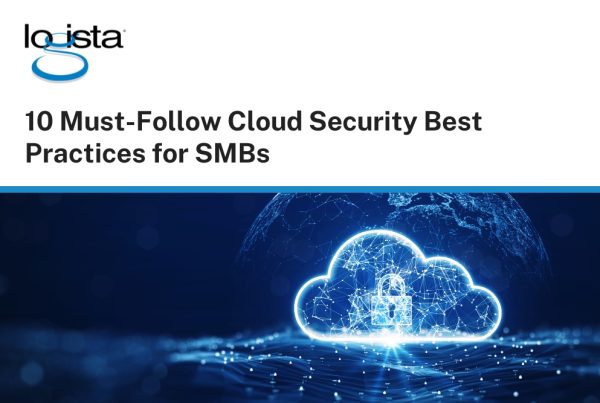Cloud computing has become an indispensable tool for small and medium-sized businesses. Despite the numerous benefits of the cloud, there are still risks involved. The security of your cloud infrastructure is crucial to the entire organization’s well-being. A security breach in your cloud system could lead to data loss, unauthorized access, legal trouble, and reputational damage.
In this blog post, we’ll discuss five best practices for securing your cloud infrastructure. Implementing these practices effectively ensures your business has the necessary defences in place to protect against cyber-attacks, minimize risks, and maintain a secure IT environment.“79% of organizations say that cloud security is a challenge.” – Flexera

1. Conduct Regular Security Audits – Regular security audits help you identify vulnerabilities and potential threats to your cloud infrastructure. You should conduct security checks on all cloud servers, networks, and applications to keep hackers and malicious actors at bay. Audits ensure system-wide protection by verifying configurations, increasing visibility, evaluating compliance with security policies, and reviewing access controls.
2. Use Multi-Factor Authentication – Multi-factor authentication is a security protocol that verifies user identity through two or more authentication methods. Typically, users confirm identity via a password, and a second factor, which can be a mobile device, hardware token, or biometric data. 2FA is the most effective way to prevent unauthorized access to your cloud infrastructure because it is difficult to bypass, detect, or compromise.
3. Encrypt Sensitive Data – When you send data to the cloud, it moves over the internet or other public networks, making it susceptible to interception or theft. Encryption technology is the best way to ensure data protection. Encrypting sensitive information such as login credentials, customer information, or financial details prevents unauthorized access, data loss, and ensures privacy.

4. Regularly Update Software – Software updates improve functionality, fix bugs and patch vulnerabilities. Cloud service providers regularly release security updates to protect customer data from attackers. You should also update your own software systems, devices, and applications that connect to the cloud regularly. Neglecting to do so means you leave your system open to attack or malware intrusion.
5. Train Your Employees on Security Best Practices – Human error is a common cause of security incidents. It’s crucial to educate employees about security best practices so they can be vigilant. Training should also include organization-wide security policies, emphasizing proper handling of login credentials, reporting system misuse, and password hygiene.
Securing their cloud infrastructure should be a top priority for every business owner. Implementing the five best practices above will go a long way toward increasing your cloud security. With regular audits, multi-factor authentication, encryption of sensitive data, regular updates, and employee training on security best practices, your cloud infrastructure will be safe from criminals looking to leverage your data for criminal gain.
About Logista Solutions
Logista Solutions is a nationally recognized leader in a broad range of technology management solutions. As one of the largest technology support providers in the U.S., Logista provides innovative and holistic solutions to help companies take control of their IT infrastructure and achieve better business outcomes. Popular services include Managed IT as a Service, VoIP and Unified Communications, Managed Print, Cloud Services and Asset Disposition.



